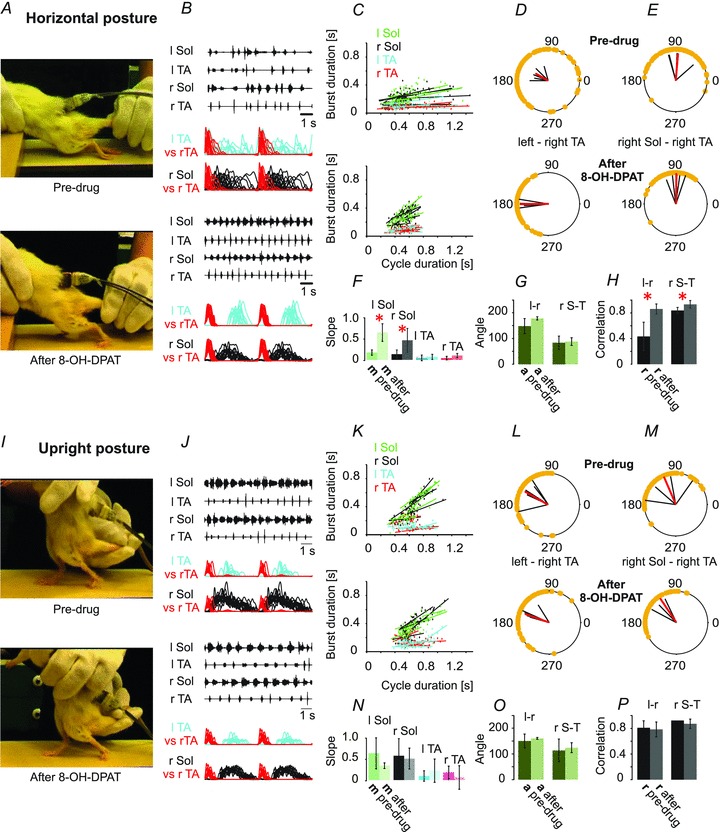Figure 7. 8-OH-DPAT improves hindlimb movement of the rats in the horizontal posture.

8-OH-DPAT, a 5-HT7/5-HT1A agonist (0.4 mg kg−1i.p.), improves locomotor coordination in chronic spinal rats (n = 5) induced to walk on a treadmill with tail pinching. A and B, the drug improves plantar paw placement (A), and produces a much more regular and well-coordinated EMG pattern in the soleus (Sol) and tibialis anterior (TA) muscles bilaterally (B). In B, rectified and filtered records are overlaid, based upon the onset of activity in r TA, showing the improved left–right and flexor–extensor coordination after the drug. C and F, the relationship between burst duration and step cycle duration (C) is also improved to be more like locomotion in intact animals, with significant changes in the slopes of the extensor muscle records (F). D and E, polar plots showing the relationships between the onset of r TA activity and either the contralateral TA or the ipsilateral extensor (r Sol). H, bar graph demonstrating significant increases in the correlation (r) between the times of onset of activity in both left–right and flexor–extensor comparisons. G, the angles (a) representing the relative timing of the onsets for the two muscles represented in each polar plot were not significantly changed. I–P, 8-OH-DPAT does not significantly alter locomotion induced by tail pinching when the rat is in the upright posture. Further details are as described in Fig. 1 legend.
